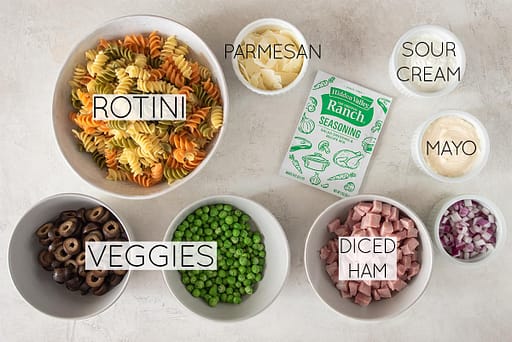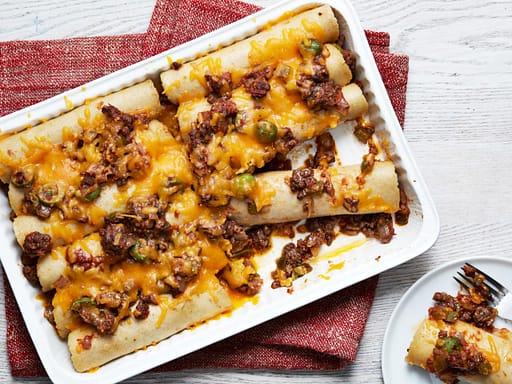Are you in the process of writing a cookbook and need some inspiration for your cover design? A well-designed cover is essential for attracting attention and making your book stand out on the shelves or online. Creating a visually appealing and informative cover is a crucial aspect of your cookbook’s success. It’s the first impression your potential readers will have, and it can significantly impact their decision to pick up and purchase your book.
With so many design options available, it can be overwhelming to know where to start. To help you get inspired, we’ve compiled a list of creative recipe book cover design ideas that will showcase your culinary creations in style. Whether you prefer a classic or contemporary look, there’s something here for every taste.
Capture the Essence of Your Cuisine
Your cover design should reflect the type of cuisine featured in your cookbook. For example, if you’re writing a book about traditional Italian recipes, you might use images of fresh pasta, vibrant tomatoes, and fragrant herbs. Or, if your cookbook focuses on healthy vegan dishes, you could showcase colorful fruits, vegetables, and whole grains.
Consider incorporating cultural elements into your design to further enhance the connection between the cover and the cuisine. For instance, if your book explores the flavors of a specific region, you could use traditional patterns or motifs in your design. By visually representing the essence of your cuisine, you’ll create a design that resonates with your target audience.
Highlight Your Unique Selling Point: What sets your cookbook apart from others on the market? Is it your focus on using local ingredients, your innovative recipes, or your expertise in a particular type of cuisine? Whatever your unique selling point may be, make sure it’s prominently featured on your cover.
Use a strong headline or tagline that succinctly conveys the value of your book. For example, if your cookbook offers simple and delicious recipes for busy families, your headline could read, “Quick and Easy Meals for the Everyday Cook.” By emphasizing your unique selling point, you’ll pique the interest of potential readers and encourage them to learn more about your cookbook.
Showcase Your Culinary Expertise
If you’re a renowned chef or culinary expert, showcasing your credentials on your cookbook cover can add credibility and authority to your work. Consider including your name, title, or any awards or accolades you’ve received. This information will help establish you as an expert in your field and make readers more likely to trust your recipes.
Incorporate testimonials or endorsements from respected sources. Positive reviews from food critics, industry professionals, or satisfied customers can provide social proof and build trust with potential readers. By featuring these endorsements on your cover, you’ll lend credibility to your cookbook and increase its perceived value.
Consider using high-quality photography to showcase your culinary creations. Appetizing images of your dishes can instantly grab attention and make readers eager to try your recipes. Ensure the photography is well-lit, styled, and visually appealing. You can either hire a professional food photographer or take your own high-quality photographs.
Use design elements that reflect your personal style and the tone of your cookbook. For instance, if your cookbook is playful and lighthearted, you might use bright colors and whimsical fonts. Or, if your cookbook is more sophisticated and elegant, you could opt for a classic black-and-white design with elegant typography.
Make it Informative and Practical
While your cover design should be visually appealing, it should also provide potential readers with essential information about your cookbook. Include the title of your book, your name as the author, and a brief description of what the book is about. This information will help readers quickly understand the content and decide if it’s a good fit for their needs.
Consider including a table of contents or a list of featured recipes on the back cover. This will give readers a sneak peek into what’s inside and make them more likely to purchase your book. You can also include your social media handles or website address so readers can connect with you online.
Choose a cover material that is both durable and visually appealing. Hardcover books tend to have a more premium feel and are more likely to withstand wear and tear. Softcover books are more affordable and portable, making them a good option for cookbooks that are likely to be used frequently.
By following these tips, you can create a recipe book cover design that is both visually appealing and informative. A well-designed cover will help your cookbook stand out on the shelves and attract the attention of potential readers. So take your time, be creative, and have fun with the process.



